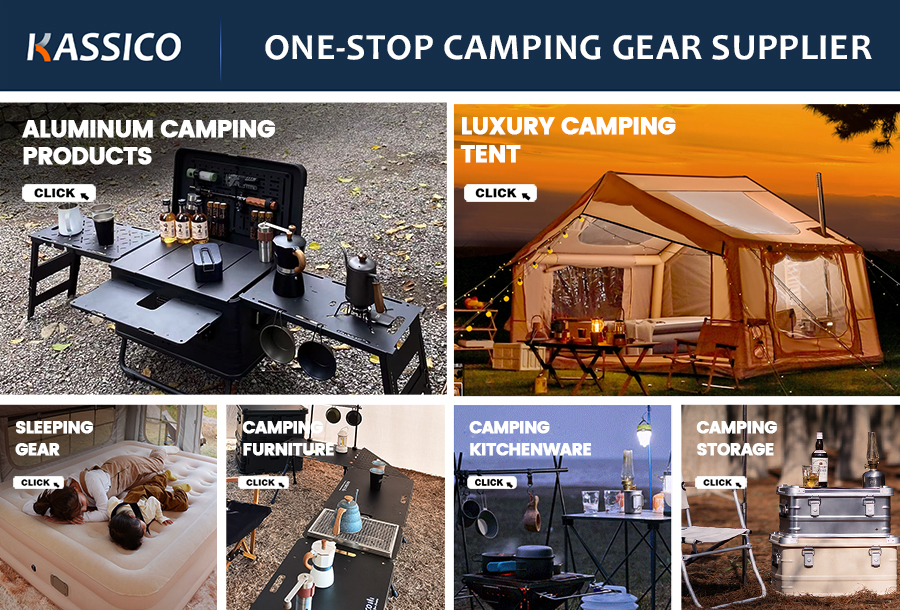Camping coolers are one of the most versatile pieces of outdoor equipment. Whether it's storing food for a week-long car camping trip or keeping drinks cold for a backyard barbecue, our coolers are the equipment we use the most.
While coolers are easy to find, their function and cost vary greatly. It pays to take the time to pick the cooler with the most important features, because a durable cooler can (and should) last for decades.
Durable and highly insulated
Ideal for extended trips and rugged environments
Excellent ice retention
Lightweight and easy to carry
Best for short outings or day trips
Flexible, space-saving design
Electric Coolers (Thermoelectric or Compressor-Based)
Powered by car outlets or batteries
No need for ice; maintains a consistent temperature
Great for car camping or RV use
Designed for mobility and convenience
Combines storage with comfort for hiking or short-distance travel
Metal Coolers
Retro-style and heavy-duty
Often used for both style and durability
Ideal for social gatherings or glamping
Collapsible Coolers
Foldable and lightweight
Easy to store when not in use
Suitable for light packing needs
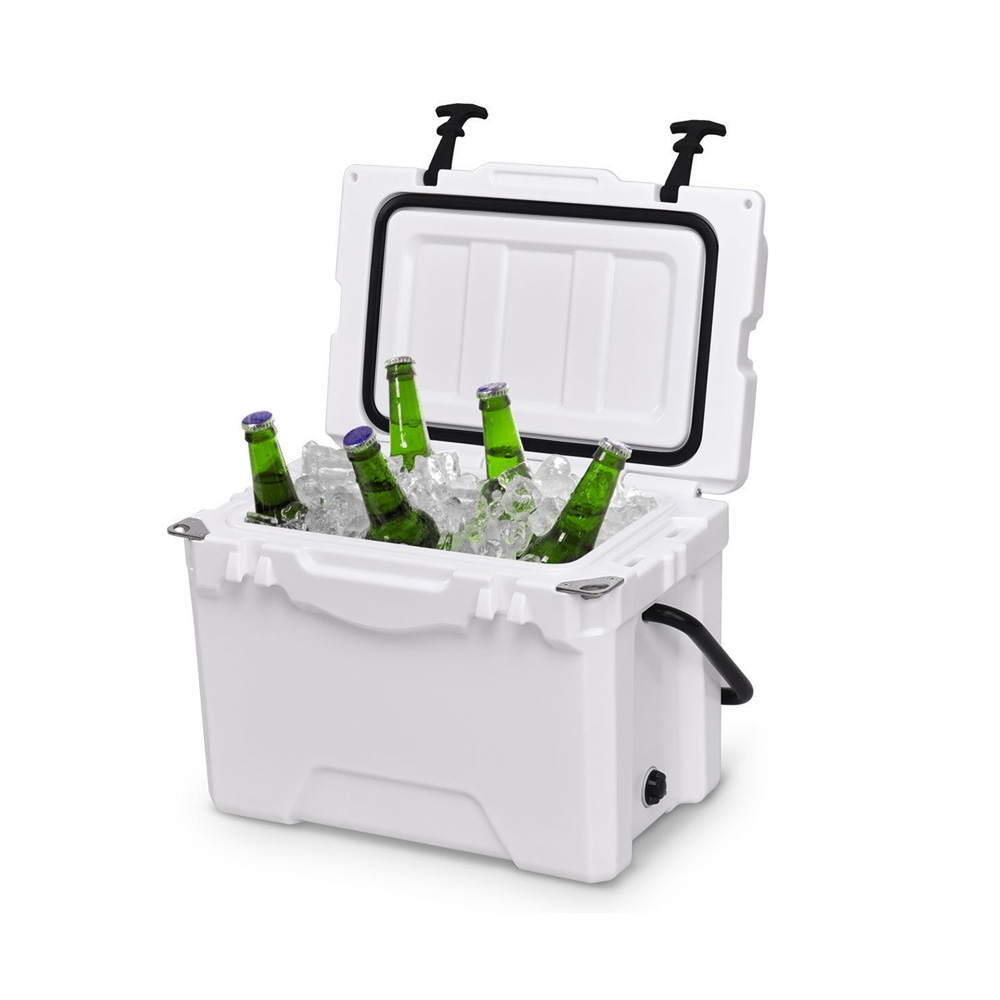
On the other hand, soft-sided coolers are designed with lighter materials and are therefore easy to carry. The materials used in their design create an extremely rough surface, which makes them resistant to tears to cuts, and scratches. Due to their portability, these coolers do not have a huge storage space. For people who often go out camping for a few days, soft-sided coolers are the right choice them. They come with a shoulder strap that makes them very easy to carry, plus they have amazing insulating capabilities that can keep the ice cold for up to 48 hours. Another thing worth mentioning is their space-saving design. Today's best soft-sided coolers can be easily folded when not in use, thus saving space for other items.
Choosing the right camping cooler depends on your trip’s duration, group size, and activity type. Here are key factors to consider:
Ice Retention
For longer trips, choose coolers with thick insulation and high ice retention (e.g., roto-molded coolers).
For short outings, soft coolers or basic hard coolers may suffice.
Size and Capacity
Match the cooler size to your group and food storage needs.
Larger coolers hold more but are heavier and bulkier.
Portability
Look for wheels and handles for heavy coolers.
Choose lightweight or backpack models for easy carrying.
Durability
Hard-sided and metal coolers offer rugged construction for tough conditions.
Soft-sided coolers are better for light use and convenience.
Special Features
Consider features like built-in cup holders, bottle openers, drainage plugs, or electric cooling for added convenience.
Budget
Roto-molded and electric coolers are premium options.
Soft or collapsible coolers are more affordable for casual use.
Choosing the best cooler involves balancing cooling performance, ease of use, and practicality for your outdoor adventures.
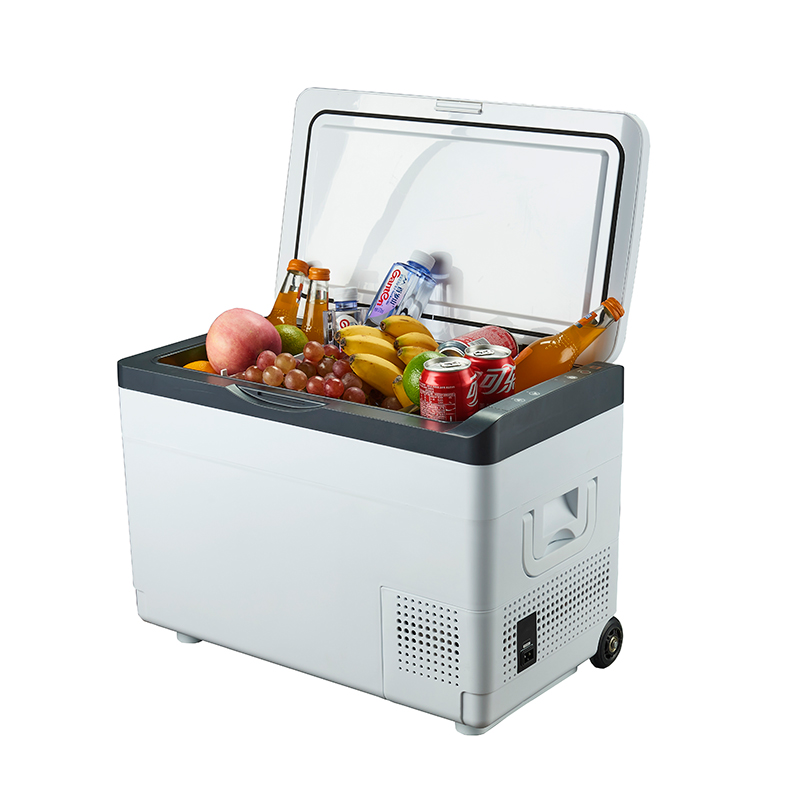
Some of the best coolers now come with wheels, which means you can easily take them to the party site without any struggle. While some models include small wheels, you will be able to find coolers with sturdy wheels that can be mounted on any terrain. Well, sometimes the wheels won't do much. At some point, you will need to lift these coolers to bring them downstairs or load them into the car. At that point you will rely on the handle to provide you with a great grip so you can easily lift it and take it places.
Basic Functionality
To retain ice, most coolers now come with a myriad of amazing features that can sometimes be helpful. Some coolers come with a built-in bottle opener, which means you don't have to carry an extra bottle opener. On top of that, you'll find a removable tray that lets you separate dry goods from beverages.
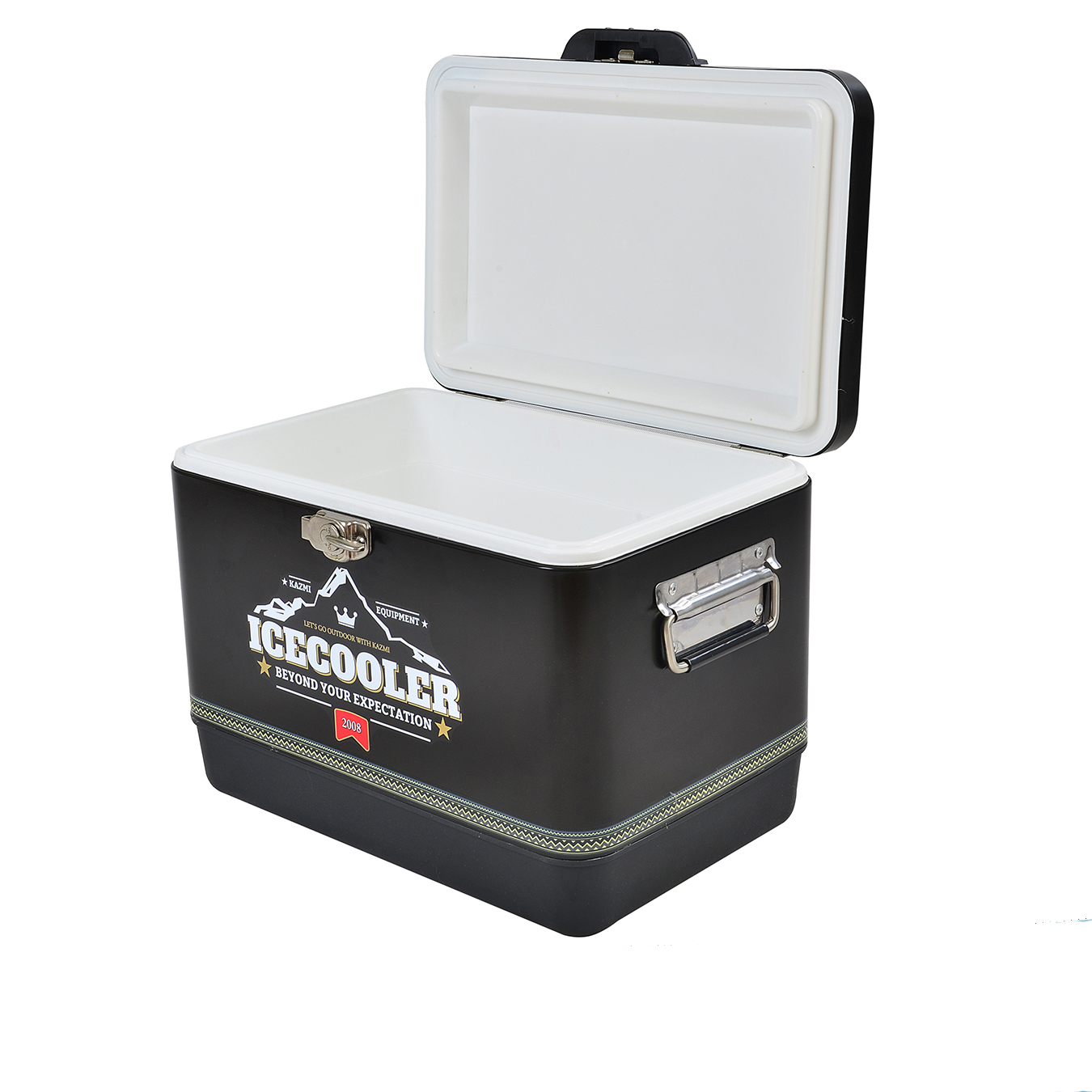
The presence of an internal basket will keep items well packed and give you easy access to food and beverages. In some coolers, you will find cup holders, and they really add to your comfort. Well, you should always check out the additional features that you get with this cooler.
How can I maximize the insulation capacity of my camping cooler?
Regardless of the type of cooler you intend to purchase, you can expand the insulation capacity of these coolers by implementing these tips. These tips will ensure that you improve the cooling performance of these coolers.
The first thing you'll want to do is pre-cool your cooler. Most of us don't use them until we're planning a weekend away, at which point we'll leave them in the garage or attic somewhere. So the idea is to make that cooler and leave it open for the day so it can dissipate the heat it's built up while it's sitting idle. In addition to this, you can also use "sacrifice bags" to cool the freezer. Doing so will mean you will be freezing for longer.
Everything you put in the freezer should be refrigerated the day before you leave. It's a good idea to use frozen foods that you plan to eat later in the trip. Pre-chilling your contents will mean that these items will stay cooler for a longer period of time.
Replace regular ice with dry ice only if your cooler is compatible with dry ice. Dry ice won't melt as quickly, which means your food will stay colder for longer. With today's best rotomolded coolers compatible with dry ice, you can actually keep your drinks and beverages colder for longer. If your cooler is not compatible with dry ice, it's best to use reusable ice packs, which will save you the cost of buying ice over and over again. On top of that, they are non-toxic to use. Therefore, replacing regular ice with these alternatives can improve the cooling performance of your cooler.
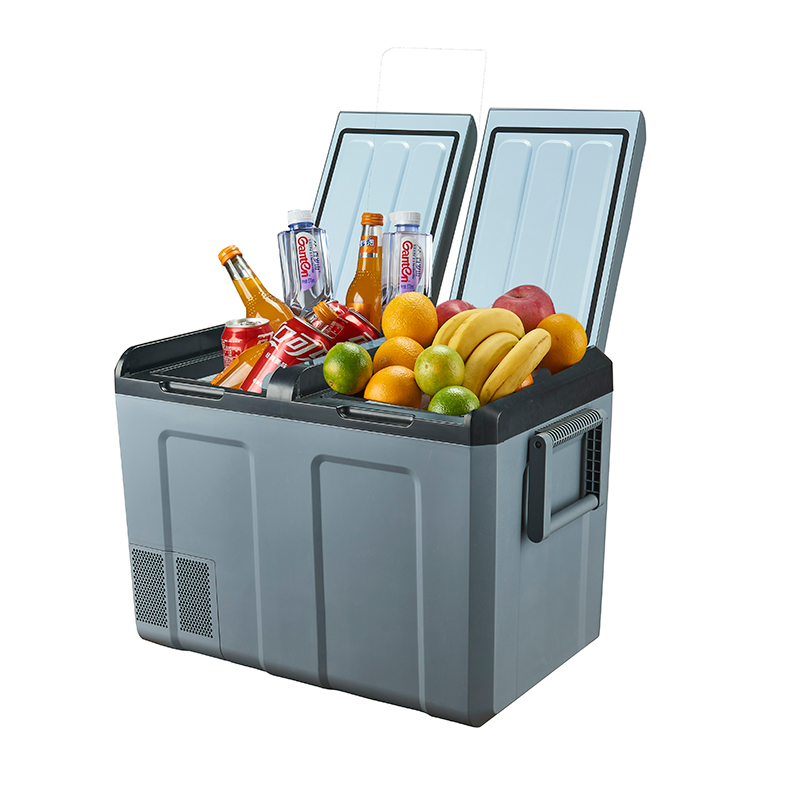
Needless to say, the UV rays of the sun can negatively affect the cooling performance of your cooler, and when you expose your beverages to the sun continuously, you will definitely find them to be warm. We often overlook this matter and find that our beverages get warmer and warmer over time. Therefore, make sure you keep your cooler in the shade and out of the sun. Also, make sure you keep its surface from getting hot, as it can affect the food and drinks at the bottom. Placing the cooler on a pile of grass will prevent it from being placed on sand.
This may sound like an obvious tip, but we tend to forget everything in the excitement of camping. Whether you are digging out food or anything else, be sure to limit the opening of lids. More importantly, remember, don't let your kids wander around and play with it in the cooler areas. You never know when he'll open the lid, and it will cause the ice to melt prematurely. Also, make sure you open the lid enough to bring the drink out. This will not allow cold air to escape through the cooler, nor will it draw in hot air inside the freezer.
Can I keep dry ice in the freezer?
Dry ice is handy for people planning long camping trips. This type of ice remains unmelted for at least 12-24 hours. Well, that means your food and drinks will get cold.
Not every cooler is compatible with dry ice. You should know if your cooler is compatible with dry ice. If it is not compatible with dry ice, make sure you avoid using it. Putting dry ice in a cooler that is not compatible with dry ice can damage the inner layer, which can completely destroy the efficiency of the cooler's thermal insulation.
